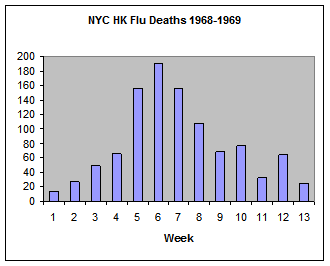What is the difference between STELLA and iThink?
The question we get asked most frequently by just about anyone who wants to know more about our modeling software is “What is the difference between STELLA and iThink?” From a functional perspective, there are no differences between the STELLA and iThink software — they are two different brands of the same product. The STELLA …


